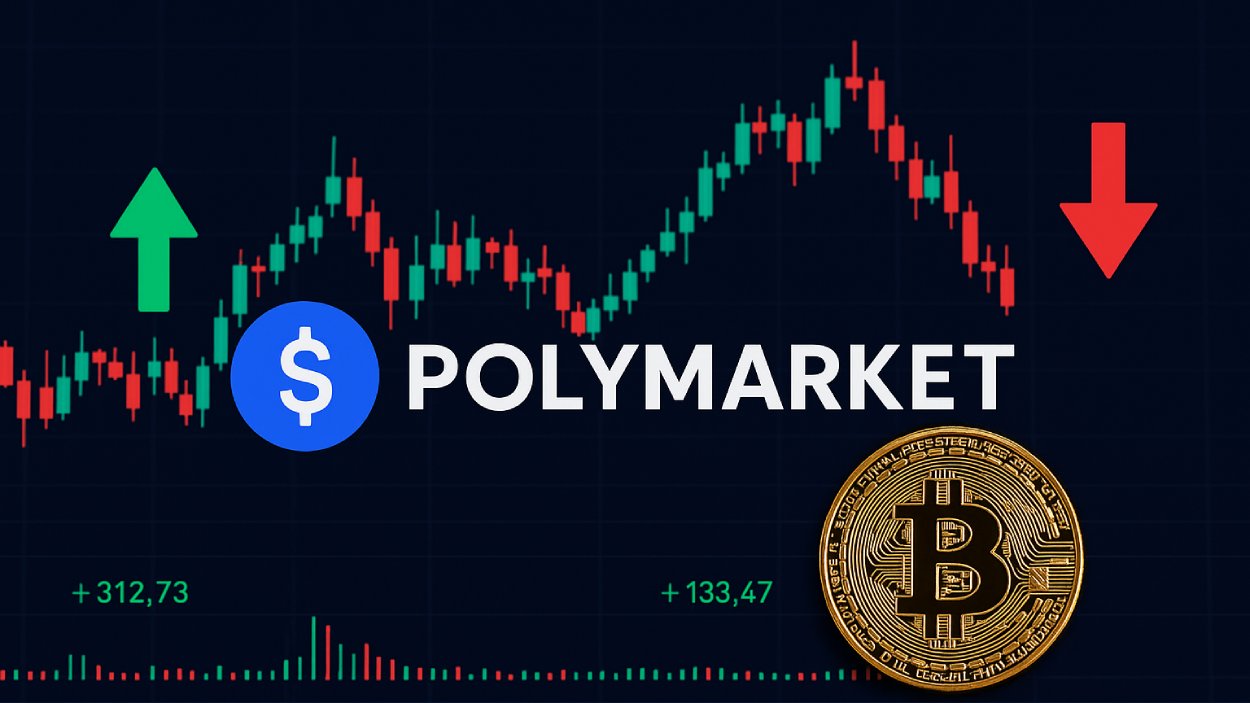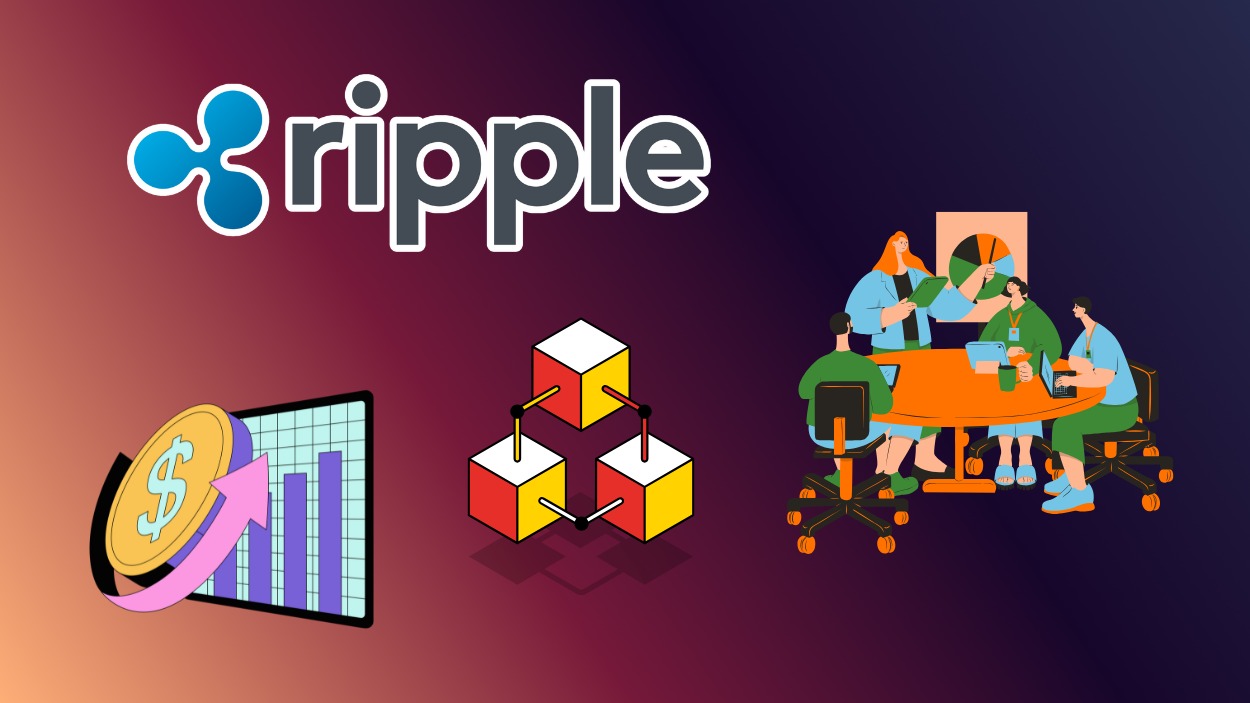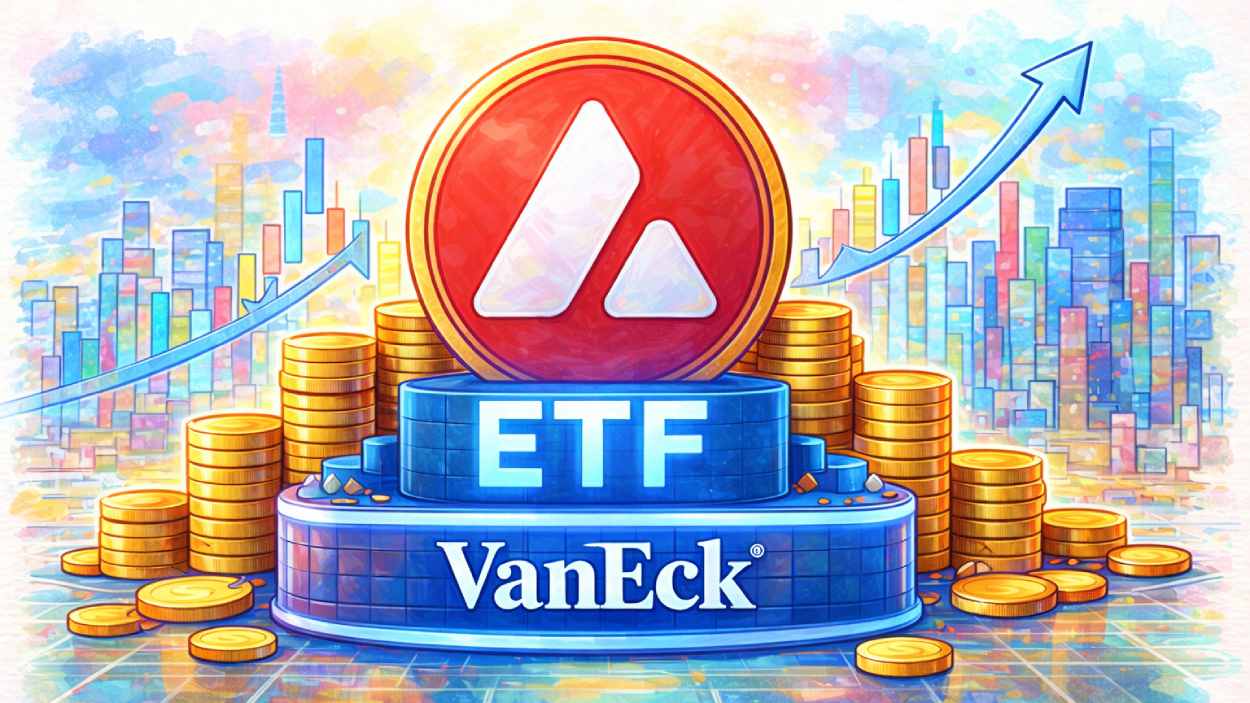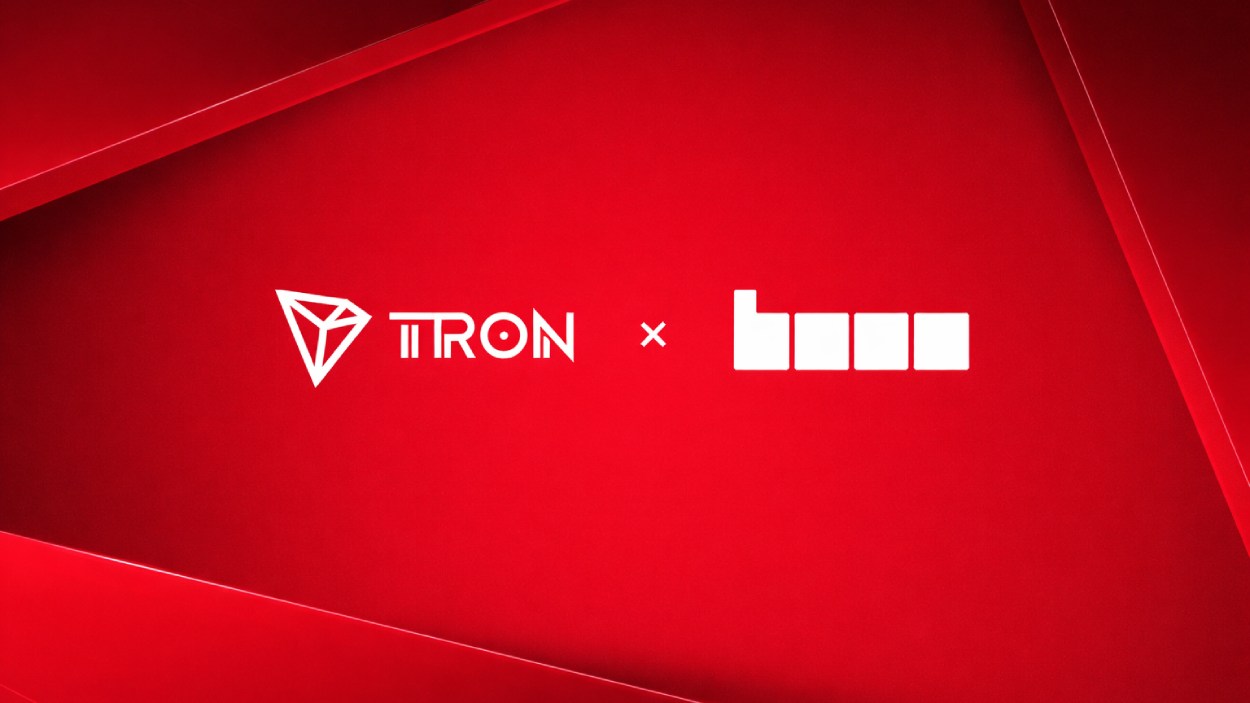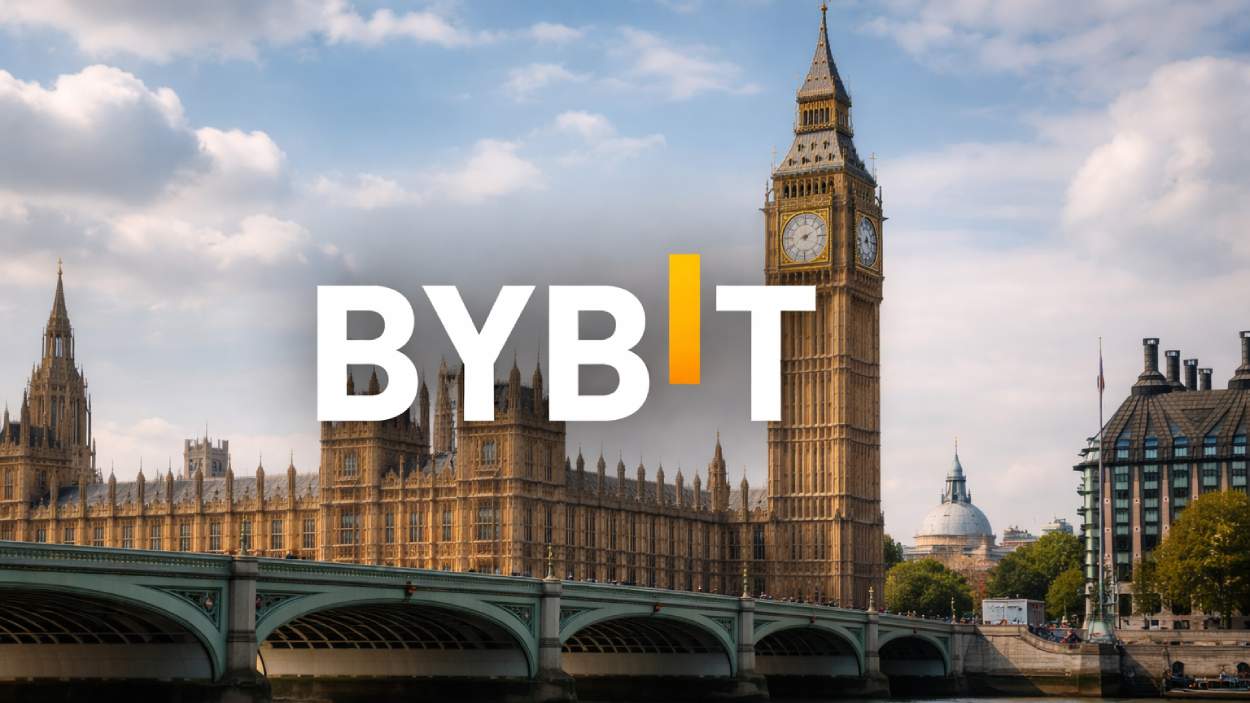Polymarket has introduced a new way for users to bet on whether stocks and indices will rise or fall, marking a major expansion into traditional finance.
Key Takeaways
- Polymarket now offers “up/down” prediction markets for stocks, indices, and commodities, allowing users to bet on whether prices close higher or lower.
- The platform uses data from The Wall Street Journal and Nasdaq to resolve contracts, offering a more reliable price reference.
- Intercontinental Exchange (ICE) plans to invest up to $2 billion in Polymarket, valuing the platform at $9 billion and signaling institutional confidence.
- The move follows Polymarket’s return to the US market after receiving a no-action letter from regulators, opening the door for future growth.
What Happened?
Polymarket, the decentralized predictions platform, has rolled out a new product line allowing users to speculate on the direction of traditional financial instruments. These include individual stocks, stock indices, commodities, and other macroeconomic indicators. This marks a significant leap from its earlier focus on politics and crypto, broadening the appeal of prediction markets to both retail and institutional participants.
New Stock Prediction Markets Open to All
Polymarket’s new “up/down” markets let users place bets on whether a given stock or index will finish higher or lower by a certain time, typically within 24 hours. These contracts fall under a new “Finance” section that categorizes predictions into:
- Equities
- Earnings
- Indices
- Commodities
- IPOs
- Federal Reserve Rates
- Treasuries
- Business and acquisitions
This structure is designed to mirror traditional financial segments, allowing users to trade views on market trends without the need for brokerage accounts or margin trading.
By sourcing its outcome data from reputable platforms like The Wall Street Journal and Nasdaq, Polymarket ensures that contract results are grounded in trusted financial reporting. This also brings prediction markets one step closer to regulatory compliance and broader acceptance within the finance sector.
ICE Backs Polymarket With Major Investment
The Intercontinental Exchange, parent company of the New York Stock Exchange, has committed up to $2 billion in funding for Polymarket. This puts the platform’s valuation at $9 billion, aligning it with some of the largest names in fintech. ICE’s involvement reinforces Polymarket’s growing legitimacy and suggests traditional institutions are taking prediction markets seriously as a financial tool.
This development follows similar growth across the sector. Combined trading volume for Polymarket and rival Kalshi reached approximately $1.4 billion last month. Kalshi, which operates under CFTC oversight, recently raised $300 million at a $5 billion valuation, backed by major investors like Sequoia Capital and Andreessen Horowitz.
Regulatory Green Light and Market Reentry
Polymarket’s return to the US market was enabled by a no-action letter from financial regulators. This exemption essentially allowed the platform to operate under specific conditions without immediate enforcement action. It also opens up the possibility of “innovation exemptions” becoming a path forward for other Web3 projects looking to engage with TradFi (traditional finance) systems.
With regulators warming to new models of financial speculation, Polymarket is positioning itself at the intersection of blockchain and Wall Street. This hybrid model could reshape how both retail traders and institutions approach event-driven speculation.
CoinLaw’s Takeaway
I think Polymarket is quietly building something that could really shake up both crypto and traditional finance. Betting on stock moves without needing a broker, using clean real-time data from Nasdaq and The Wall Street Journal, is a game changer. In my experience, bridging crypto with real-world assets has always been messy or overly speculative. But this feels more grounded.
What really stood out to me was ICE putting up $2 billion. That’s not casual interest. That’s traditional finance saying prediction markets could be part of the future. And with daily 24-hour bets, the platform is clearly aiming for scale and simplicity. I’ll be watching closely to see how regulators respond, because this is more than just a feature update. It’s a sign of where things are headed.
Hover or focus to see the definition of the term.

